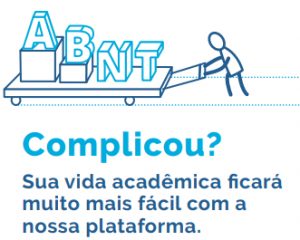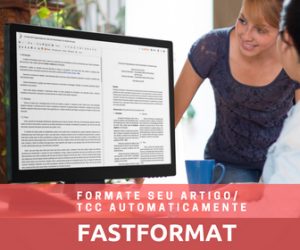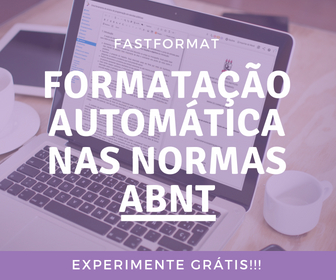The process of writing a Final Year / Senior Project, Undergraduate / Bachelors Dissertation, journal articles, or even partial and final reports, is not an easy task. Normally, the textual elements should be divided into three sections: Introduction , Development ( Materials, methods , results and discussion ) and finally the Conclusion. The last one, the object of this post, has the function of recapitulating everything that has already been developed throughout the work.
Tips for writing the conclusion of your FYP
Normally, a conclusion section can be divided into Contextualization, Research questions and Objectives, Main results and Future work. We are going to explain each one of these in the following sections and demonstrate them with some examples.
The following examples were taken from a research work where the researchers intended to better understand whether the use of technique X to teach some content is a facilitator or not. The researchers compared a group of students who underwent Technique X to learn a particular subject with a another group of students who received this content in a traditional way, through an expository class.
Contextualization
During context writing, you can use your own words without any citations or cite some important work in the area. The important thing is that you contextualize your work, so that the reader knows in which scenario it was made. An example of a paragraph that introduces the context of the work is as follows:
“The use of audio visual resources such as videos, music and games has significantly contributed to the students' learning process. National and international studies have shown that such resources have improved student performance in subjects such as math, science and literature (Abgs, 2017). On the other hand, the use of the computer when used in a way where the student only uses it to read material and use specific tools has shown itself to be outdated and inefficient in the learning process."
Note that the above paragraph makes use of a strong citation in the information technology and pedagogy community and serves to contextualize the reader. With this paragraph, the reader will know exactly which scenario (context) in which the study was carried out. The author talks about how computers were being used and how they can be used more efficiently in the teaching and learning process.
Research questions and Objectives
Considering the context described in the previous paragraph, the researcher must write the problematization and what were the objectives used to reach the solution of this research problem.
“The study investigates whether computer games help/facilitate the cognitive process with regard to student learning. Thus, the study aims to analyze in which perspectives computer games can help in this learning process.”
In the example above, the author exposes the research question that was: “Is there a more efficient way to use the computer in the teaching and learning process? Can computer games be used?” and then shows which objective was used to solve the problem. By analyzing the perspectives, the author will be able to identify which factors influence this learning process and, finally, if games really contribute.
Main results
These results must be written using the researcher’s own words. In those cases where there is a space limitation, the author of the text must choose the main results and write about each one of them. Don’t forget to mention how the goals were achieved.
“Computer games were applied to improve the learning process. The results of this study show that games significantly facilitated the students' learning process. First, those students who used the game in the experiment had a better result in the multiple-choice test. This shows us signs that games are efficient with regard to fixing the concepts of the subject studied. Regarding the test that assessed whether students knew how to apply the techniques taught in practice, once again students submitted to the games had a much better result when compared to those who had a traditional, expository class. This result shows that even in those scenarios where practical actions are required by the student, the games were able to teach more efficiently.”
Future works
It is interesting that you identify and show points that are important to be researched in the future. Both from the point of view of improvements in relation to the study you have just carried out, as well as other perspectives that can be explored that you have not done.
“Although the results have shown that games are important in the learning process. Studies involving more participants would be interesting as a way to obtain results with a higher level of significance. Another point that could be considered is the age of the participants, is there an age where assimilation is better when using games? Is there any specific game that enhances this learning process? are all questions that can be explored in future work.”
If you write the conclusion of the work based on this division of content ( Contextualization , Research questions and Objectives , Main Results and Future Work ), it will be much easier to organize the ideas and transmit the main aspects of your work in a clear and objective way. Finally, don’t forget that FastFormat does all the formatting of your text automatically in the most varied standards.
Experimente grátis o FastFormat
Além da formatação automática, o FastFormat conta com vários recursos para facilitar a construção de seus trabalhos acadêmicos. Acesse agora!




Add comment